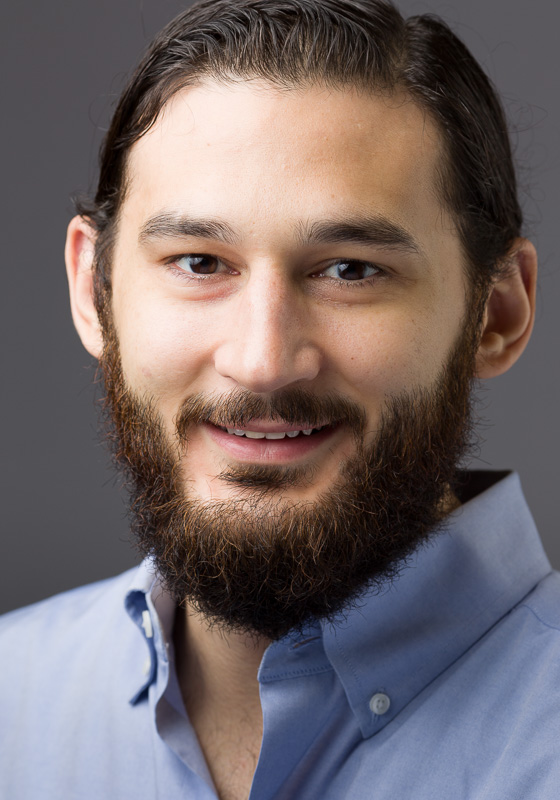Dr. Matthew Lira publishes in Cognition and Instruction
03/16/2016

ABSTRACT
The present article describes two studies that examine the impact of teaching students to use gesture to support spatial thinking in the Science, Technology, Engineering, and Mathematics (STEM) discipline of chemistry.
In Study 1 we compared the effectiveness of instruction that involved either watching gesture, reproducing gesture, or reading text. The results indicate that students in the reproducing gesture condition produced significantly more gestures while problem solving than students in the other two groups and significantly outperformed the other groups on study measures.
In Study 2 we compared the effectiveness of gesture to an instructional approach that involved manually handling concrete models without gesture. Students performed equally well in both conditions; however, students taught with concrete models performed significantly worse if concrete models were not available during assessment. These studies show that gesture is an effective strategy for supporting spatial thinking in STEM disciplines and that this benefit may result from physically simulating spatial transformations.